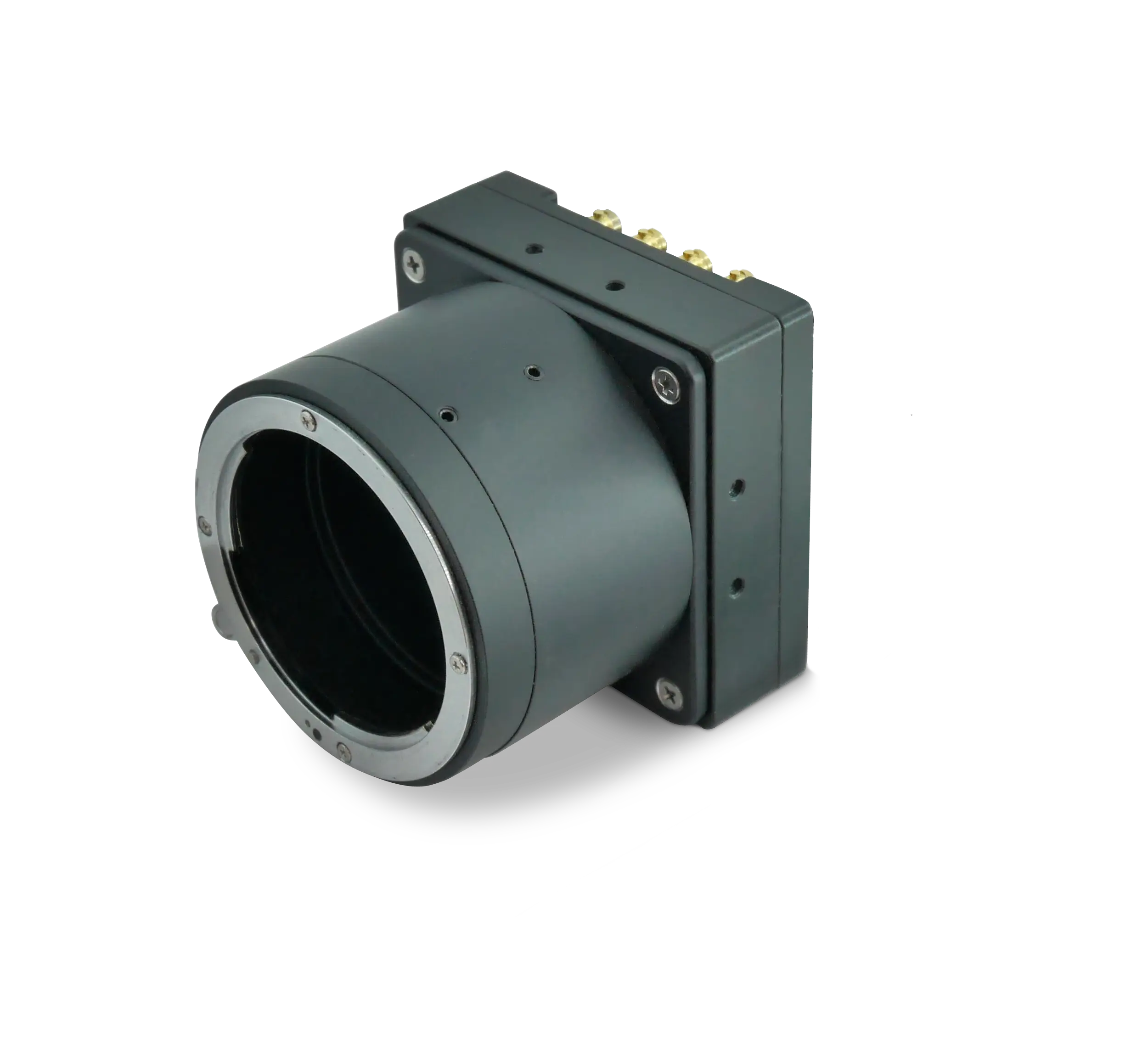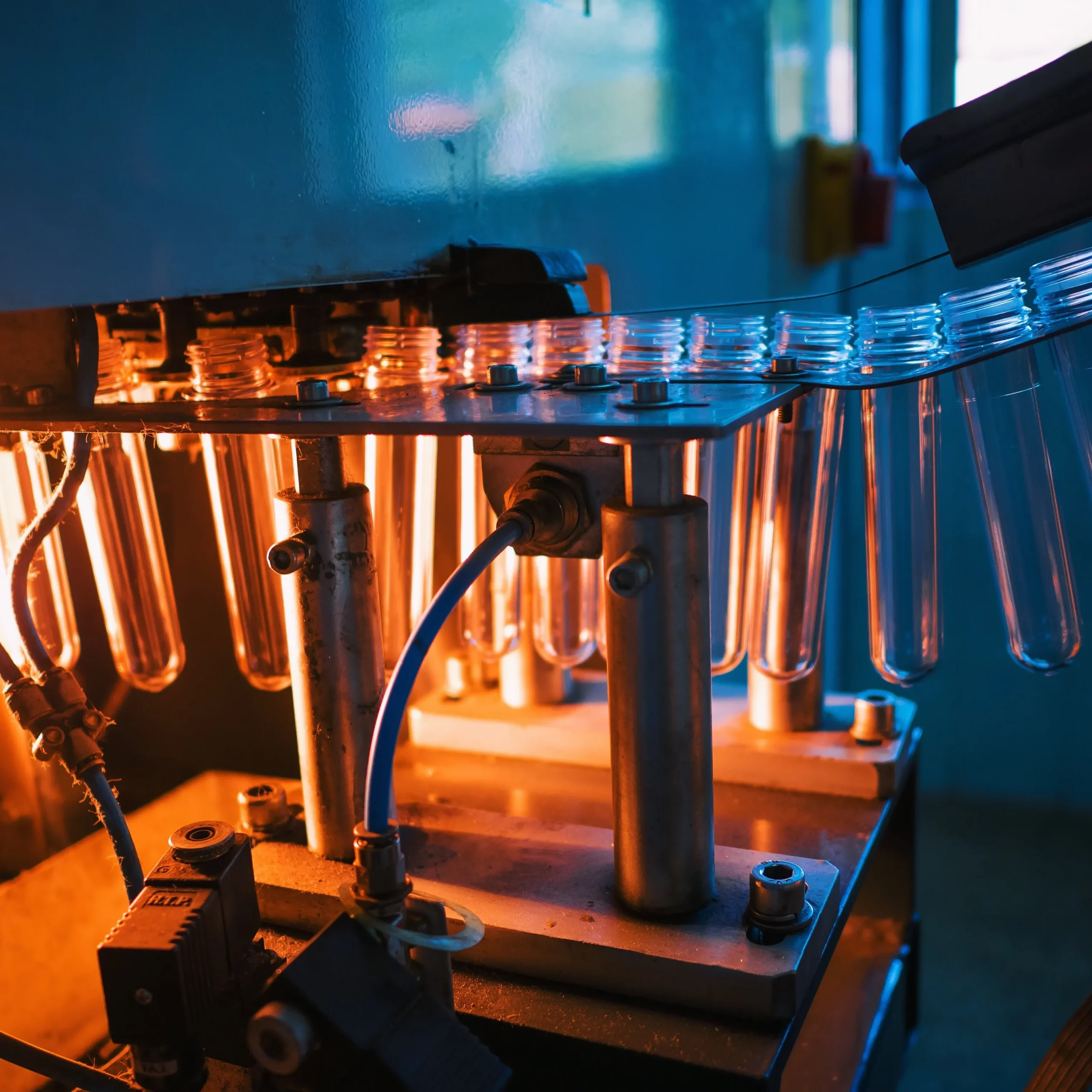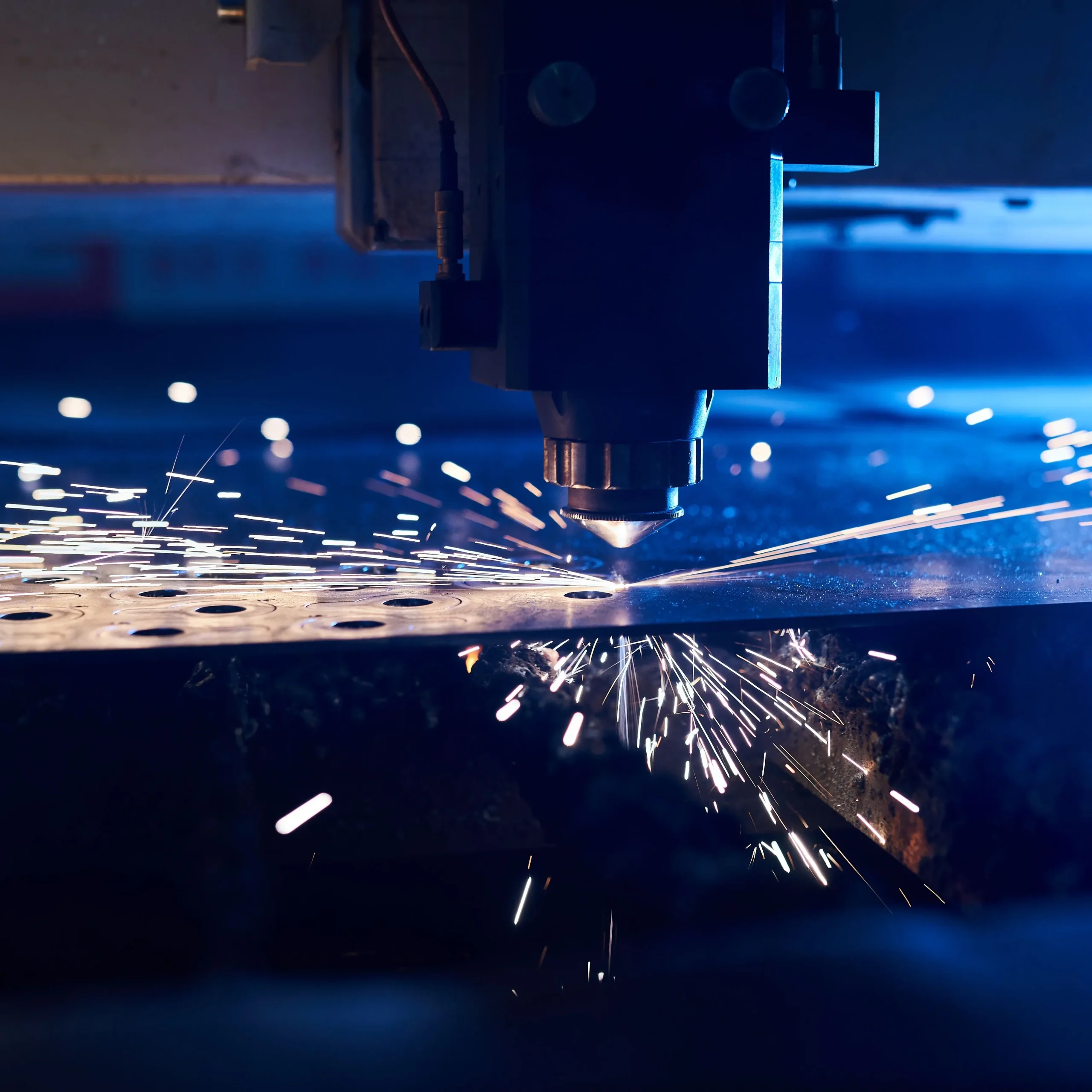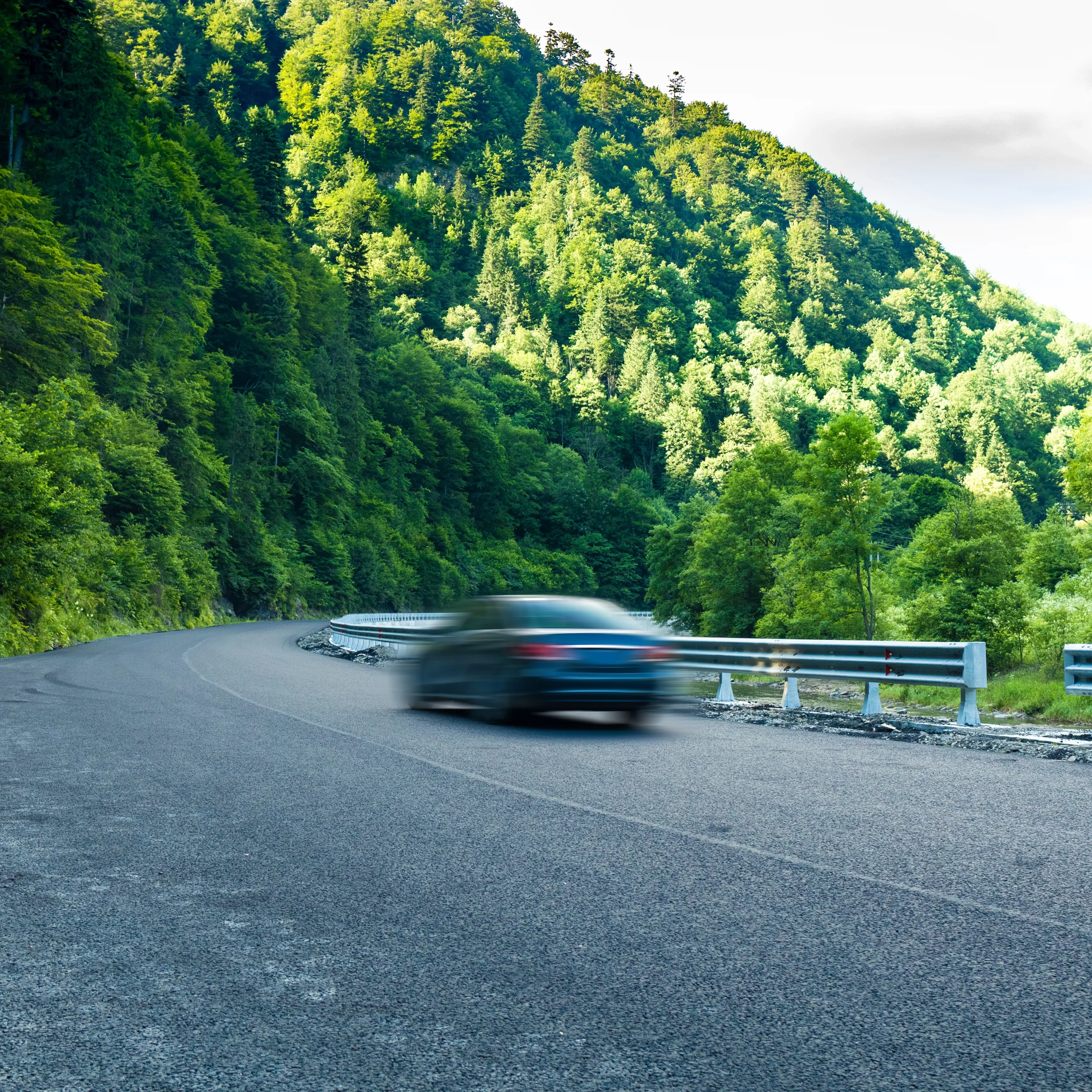The modern factory never sleeps. Whether you produce electronic components, automotive parts, food and beverage packaging, or pharmaceuticals, the production line often runs around the clock. Downtime costs money, and inspectors expect perfect traceability and zero-defect output. As a result, system integrators are challenged to specify a rugged machine vision camera platform that can survive vibration, airborne oil mist, temperature swings, and continuous operation while still delivering crisp, actionable images. In this article we explore proven design strategies for building 24/7 machine vision systems, highlight the durability advantages of KAYA Vision cameras and frame grabbers, and illustrate how our Iron and Zinc families provide the 24/7 industrial reliability and long-life vision hardware demanded by mission-critical applications.
Define the Mechanical Environment First
Before choosing sensors or deciding on bandwidth, map every mechanical stress your installation will face. Ask these questions:
- How much vibration is transmitted from motors and presses?
- Are shock events—such as pneumatic actuators or line stops—expected?
- Is airborne contamination present (coolant spray, sugar dust, hydraulic oil)?
- Will wash-down procedures subject the camera to high-pressure water or caustic cleaning agents?
- What are the minimum and maximum ambient temperatures during summer, winter, and shift transitions?
Once quantified, you can shortlist hardware certified to withstand these parameters. KAYA Vision publishes full MIL-STD shock and vibration data, ingress protection options up to IP67, and industrial temperature grades for every Iron and Zinc model. For example, the Iron 5514 BSI tolerates −40 °C to +80 °C and passes 75 G shock testing, making it a true rugged machine vision camera for harsh cells.
Choose Sensors Optimized for Reliability
Image sensor selection is usually driven by resolution and frame rate, yet reliability is equally critical. All KAYA Vision cameras use scientific-grade CMOS sensors assembled with active alignment, eliminating shear stress between board and package during thermal cycling. In addition, we design generous full-well capacity and low temporal noise so image quality stays consistent for years, not just hours.
The Iron 4521, built around the Gpixel GSPRINT 4521 global-shutter APS-C sensor, achieves 232 fps at 8-bit while maintaining 65 dB dynamic range. Its low dark current (11.4 e-/pxl/s at 50 °C) prevents heat-induced fixed-pattern noise during continuous operation. Meanwhile the Iron 5514 BSI uses a back-side-illuminated architecture for >85 % quantum efficiency, so integrators can run lower LED intensities, reducing thermal loading on both camera and lighting.
Go Beyond the Camera: Rugged Cabling and Grabbers
A 24/7 system is only as reliable as its weakest interconnect. Traditional USB cable assemblies loosen under vibration, and Ethernet connectors may lack positive locking. KAYA Vision solves this by offering CoaXPress and PCI Express interfaces with robust Micro-BNC or Samtec connectors that twist-lock into place.
When paired with our industrial frame grabbers—engineered with conformal coating, extended-temperature components, and fan-less heat sinks—the result is an end-to-end data path immune to electromagnetic interference and mechanical shock. Many integrators mount our grabbers in compact control cabinets beside PLCs, confident that a single CoaXPress cable can deliver power, trigger, and up to 12 Gb/s image data over distances of about 40 m (or up to 100 m at lower data rates).
Thermal Management for 24/7 Industrial Reliability
Continuous image acquisition generates heat. If not removed, elevated junction temperatures accelerate semiconductor aging and degrade mean time between failure (MTBF). KAYA Vision conducts extensive computational fluid dynamics (CFD) simulations to position heat sinks, ventilation fins, and optional active fans only where necessary, keeping power consumption low.
For instance, the Zinc 3265 PCIe draws less than 15 W while streaming a full 65 MP frame at 50 fps, thanks to efficient PCIe Gen 3 signaling and fine-tuned analog front-end design. Built-in thermal sensors expose real-time camera temperature via GenICam, enabling predictive maintenance: plant software can warn operators long before a critical threshold is reached.
Solid-State Global Shutters Minimize Mechanical Wear
Legacy line-scan systems sometimes relied on moving mirrors or rotating prisms to achieve high throughput. These moving parts are failure points in a 24/7 environment. All KAYA Vision cameras—including Iron 5514 BSI, Iron 4521, and Zinc 3265 PCIe—feature global electronic shutters with exposure times down to a few microseconds. With no mechanical iris or scanning mechanism, the optical path is entirely solid-state, maximizing long-life vision hardware.
Smart On-Camera Diagnostics Reduce Downtime
KAYA Vision embeds a frame counter and operational time counter inside the FPGA of every model. The data help maintenance engineers track exposure cycles and forecast component replacement intervals. Additional diagnostics include voltage rail monitoring and programmable current alarms that can trigger a PLC if a lens heater or auxiliary light fails.
Because GenICam exposes these registers over CoaXPress or PCIe, integrators can log them in the same historian used for OEE metrics, consolidating machine health in one dashboard.
Designing for Clean Power and EMI Immunity
A rugged machine vision camera must tolerate noisy industrial power supplies. KAYA Vision integrates reverse-polarity and over-voltage protection, plus multi-stage filters to reject conducted emissions. When external 24 V rails fluctuate during motor start-up, cameras ride through brown-outs without reboot, preserving 24/7 industrial reliability.
EMC compliance is validated to EN 55022 Class B and FCC Part 15. We also recommend routing power and data separately, grounding the shield at a single point, and adding ferrite sleeves on long runs. Following these practices with our purpose-built cabling kits further increases immunity to lightning-fast ESD events.
Ingress Protection and Lens Sealing
Engineered for flexibility, Iron series housings accept F-mount, M42, and active EF mounts. Optional lens tubes seal the gap between mount and window, achieving IP67 without adhesives that can outgas onto sensors. For dusty cement plants or sticky confectionery lines, this is a critical differentiator compared to cameras that rely on third-party enclosures.
When specifying an IP67 configuration, remember to select similarly rated lighting, connectors, and ventilation paths. A single unsealed cable gland can undermine the whole strategy.
Framework for Selecting the Right KAYA Vision Camera
- Define resolution and field of view. For wide web inspection choose Zinc 3265 PCIe (65 MP); for compact high-speed pick-and-place opt for Iron 4521 (20.9 MP at 232 fps).
- Match frame rate to conveyor speed. Use our exposure calculators to ensure motion blur stays below one pixel at line speed.
- Confirm environmental limits. If ambient exceeds 50 °C, select industrial temperature grades and ensure cabinet ventilation.
- Plan cabling. For distances under 10 m inside a cabinet, PCIe is ideal. For robotic arms, CoaXPress with Micro-BNC and slip-ring-friendly coax is recommended.
- Validate software stack. All cameras expose identical GenICam trees, so switching from Iron 5514 BSI to Iron 4521 requires only a configuration script change.
Field Success Story: Steel Rolling Mill
A European steel manufacturer needed a surface inspection system capable of operating three shifts per day, 365 days a year, in an environment reaching 65 °C with constant vibration from rolling stands. After multiple competitive trials, the integrator chose the Iron 5514 BSI. Key factors:
- Global shutter eliminates distortion from high-speed product movement.
- >85 % QE captures fine cracks under limited red illumination, reducing LED power and heat.
- Industrial temperature option and fan-less housing prevent foreign particle ingress.
- Built-in exposure strobe aligns perfectly with mill encoder pulses via opto-isolated I/O.
- MTBF exceeding 2.1 M hrs ensures decade-long operation when installed behind a protective quartz window.
After 18 months of nonstop service, zero camera failures have been reported, and the facility has seen a 40 % reduction in downstream rework.
Maintenance Best Practices for Long-Life Vision Hardware
- Schedule quarterly lens cleaning with approved solvents; avoid abrasive cloths that scratch AR coatings.
- Log internal temperature and power-on hours; replace cables proactively when impedance rises.
- Verify firmware versions during annual shutdowns; KAYA Vision provides updates that add GenICam features without changing part numbers.
- Store spare cameras in anti-static bags inside humidity-controlled lockers to prevent corrosion.
- Train technicians on safe connector handling—Micro-BNC bayonets require a quarter-turn lock for full shielding.
The Payoff: Predictable Uptime
By combining ruggedized housings, industrial temperature ratings, shock-resistant PCBs, and secure high-speed interfaces, KAYA Vision delivers the complete toolkit for designing machine vision systems that never clock out. Whether you deploy an Iron 4521 on a high-G pick-and-place head or a Zinc 3265 PCIe inside a climate-controlled cabinet, you gain a platform purpose-built for 24/7 industrial reliability. Integrators no longer need to over-engineer external enclosures or worry about unexpected thermal shutdowns. Instead, they can focus on algorithm development, confident that the imaging backbone will endure the plant’s life cycle.
Adopt KAYA Vision today and experience the peace of mind that only truly rugged machine vision camera technology can provide.
